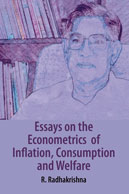New Releases...
Download Catalogue...
Download Excel Data
Download PDF Catalogue
You will get a Excel file with detail about catalogue.
You will get PDF file with detail about catalogue.
Detailed info...

Hard-cover • 2008
Pages: 372
ISBN: 9788171886814
INR 995
+ Add to Cart
Publisher:
Academic Foundation
Indirect Economic Impacts of Dams
Case studies from India, Egypt and Brazil
Ramesh Bhatia‚ Rita E. Cestti‚ Monica Scatasta‚ R.P.S. Malik
About the Book
<p>Dam assessment, by its very nature, is a complex undertaking. Many of the benefits and costs associated with dam development have quite different time streams. These benefits and costs are faced by different sectors and there are inter-relationships between sectors. The effects of dams are distributed across different spatial scales, from local to basin, to regional to national, and in some cases, to trans-national. To add to the complexity, while some of the impacts of the dam projects are ‘direct’, the others are ‘indirect’ with the definition of what constitutes ‘direct’ versus ‘indirect’ impacts also varying.</p>
<p> </p>
<p>The aim of the present study has been to evaluate some of the above interactions, in particular the ‘direct’ and ‘indirect’ economic impacts of dams. The study ex-post evaluates the magnitude of multipliers, a measure of the total benefits (direct plus indirect) of the project in relation to its direct benefits, and assesses the distributional and poverty reduction impacts of dam projects. The four cases studied in the present book include three large projects—Bhakra Dam System (India), Aswan High Dam (Egypt) and Sobradinho Dam (and the set of cascading reservoirs) (Brazil)— and one small check dam—Bunga (India).</p>
<p> </p>
<p>The present study should be seen as one of the numerous other steps that need to be taken to reach the goal of evaluating the full development impact of the dam projects. The aim here has been to highlight the relevance of one of the components of a full evaluation of dam projects that is often neglected, i.e., their indirect and induced economic impacts.</p>
About the Author(s) / Editor(s)
<p><strong>Ramesh Bhatia</strong> until his untimely demise in February 2007, was President, Resources and Environment Group, New Delhi. He had long experience of working on international socio-economic and policy issues in the energy and water sectors. His past assignments included Energy Economist and Water Resources Specialist at the World Bank, Global Program Leader at the International Water Management Institute, Member and subsequently Senior Advisor to the Technical Advisory Committee of the Global Water Partnership, Professor of Economics at the Institute of Economic Growth, University of Delhi, and a Visiting Professor at Harvard University. He also consulted with many international agencies, including the UNDP, UNICEF, ILO, and Asia-Pacific Development Center.</p>
<p> </p>
<p><br />
<strong>Rita E. Cestti</strong> is currently a Senior Rural Development Specialist in The Sustainable Development Department for the Latin America and the Caribbean region at the World Bank, Washington, DC. She has managed the identification, preparation and supervision of a number of water-related natural resources, environmental and disaster management projects in several countries and has led the preparation of several pieces of economic sector work. She has conducted extensive economic analysis in terms of sector work and project analysis as well as in-depth research in the areas of economics of water resources, demand management, water allocation, water pricing, water pollution control, and integrated planning.</p>
<p> </p>
<p><br />
<strong>Monica Scatasta </strong>is currently the Coordinator of OECD's Water Project on “Sustainable Financing to Ensure Afford-able Access to Water and Sanitation". She is seconded to OECD from the European Investment Bank, where she is a Senior Economist in the Water and Environmental Pro-tection Division. Previously, she has worked for the World Bank and IFPRI in Washington, DC. She also worked in Brazil as part of the team supporting the Environment Ministry, National Water Agency and Paraíba do Sul River Basin Committee in the creation of the basin's water management system.</p>
<p> </p>
<p><br />
<strong>R.P.S. Malik</strong> is an economist currently working as a senior faculty member with the Agricultural Economics Research Centre, University of Delhi. He has more than three decades of research experience of working on various issues in agricultural and resource economics, notably on water resources, and has published extensively, including three books, in these areas. He has earlier worked for the World Bank, World Resources Institute, Afro-Asian Rural Development Organization and Agro Economic Research Centre, Shimla</p>
Print Brochure...
Print as it is
Customised brochure
You will get a printout of what you see on your screen under 'Detailed Info'(Uneditable).
You will have the opportunity to edit the text and adjust the extent to fit on A4 size sheet or more accordingly as you desire. Plus, you can download the edited/customised Brochure or simply print it (CTRL + P).


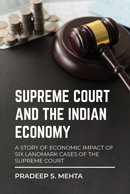
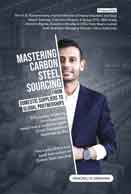



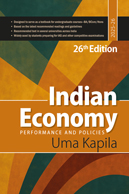
-web-194.jpg)
-front.jpg)
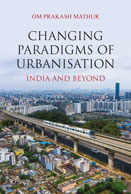








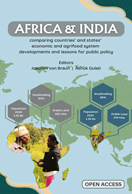
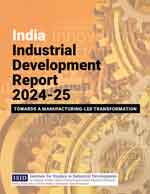
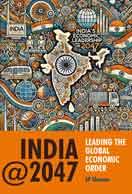
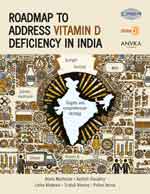
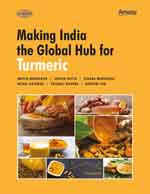
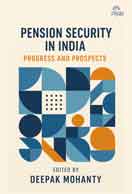
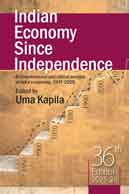
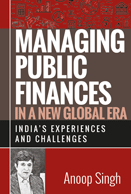
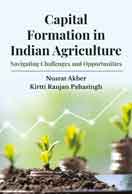









-COVER-web-194.jpg)





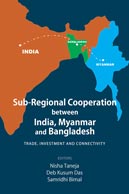






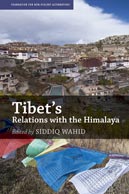



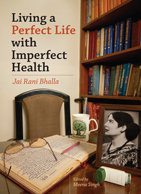













.jpg)






